- Home
- Krav Maga Blog
- Krav Instructors
- Train in Israel
- Tour Train Israel
- Krav Shop
- DVD
- Kickboxing
- IKI Near Me
- Seminars
- IKI Membership
- On-Line Training
- Krav Maga Training
- Testimonials
- History Krav Maga
- Instructors Page
- Past Blogs
- Spanish
- Italian
- Certification
- Contact
- Holland Seminar
- Vienna Seminar
- Poland Seminar
- Italy Seminar
- Belt Requirements
Finding Willie, the battlefield
By Moshe Katz
April 8, 2012, Europe
About a year ago I decided to locate the grave of our cousin Willie Newman. This lead to quite a research project and tracing his steps from his landing in Europe to his death in battle in France.
Please read Finding Willie
After this I decided to locate the battlefield, his final battle, where Willie's young life came to a brutal end. Again this would be a very long drive, more than 7 hour round trip. It was worth every effort. Along the way we would find remains of World War Two battles, the pain is still edged in the forests.
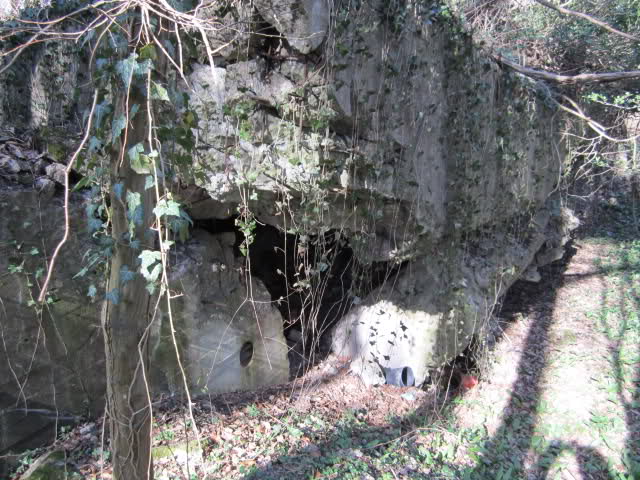
Remains of German bunkers, the signs of war are still here.
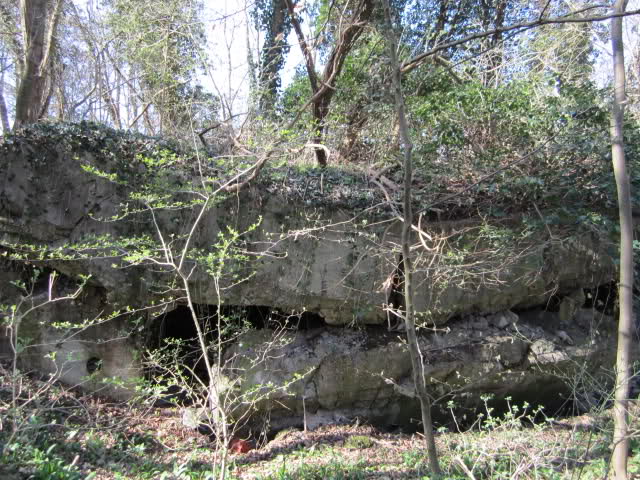
On the way to Hattan we find a bombed out German bunker
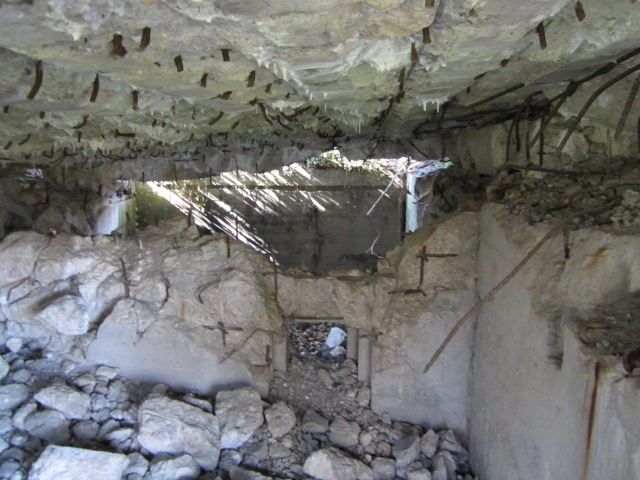
Inside the German bunker
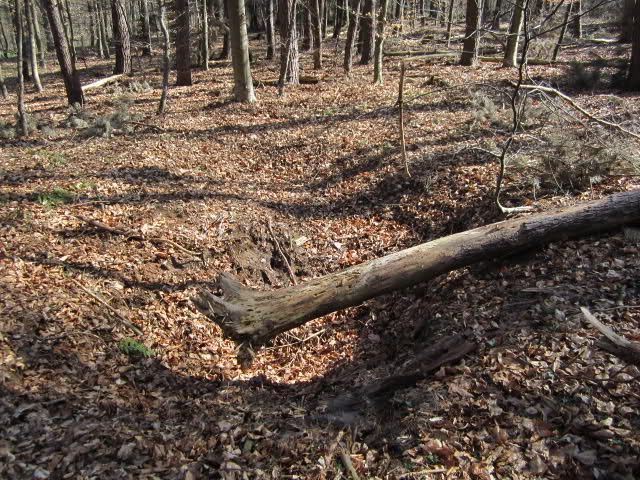
This was a battle ground. Deep fox holes were dug here, in the snow, back in 1944-5.
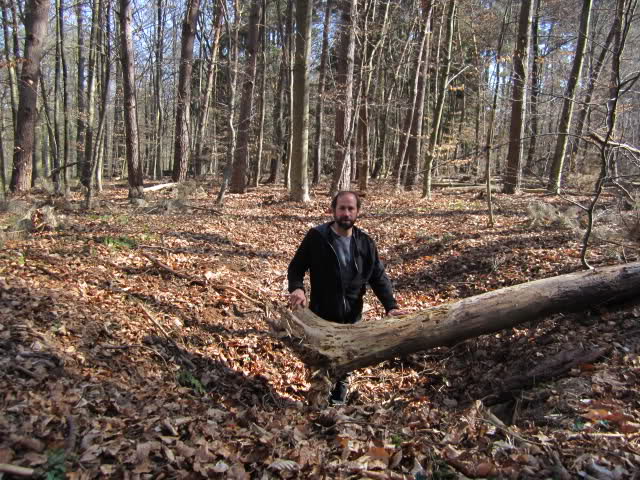
Remains of a fox hole, even after so many years it is still deep enough that it covers half of my body. Clearly over the years the rain and the mud covered up most of the fox hole.
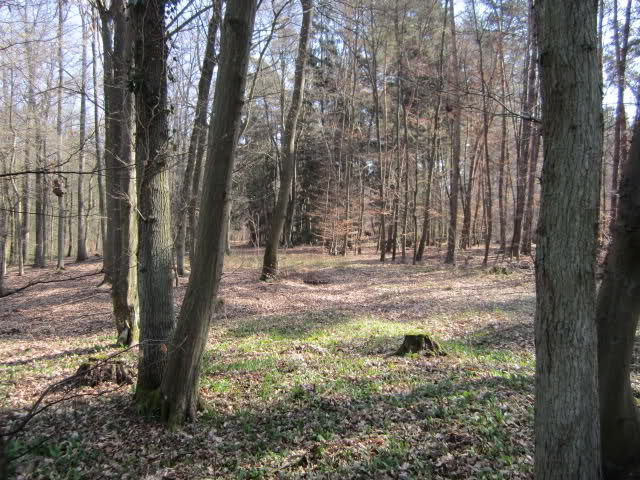
Imagine this ground with infantry soldiers in fox holes, nervously waiting the arrival of the enemy troops, freezing cold.
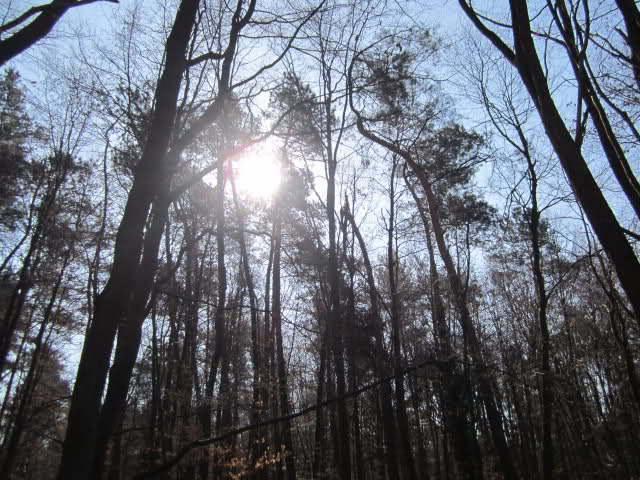
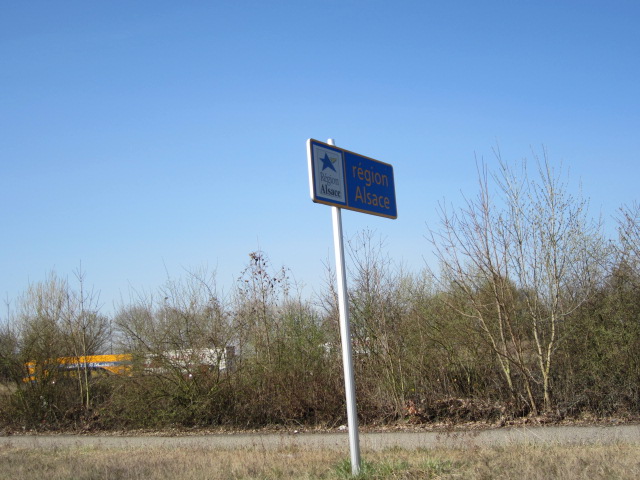

Entering the region of the Hagenau Forest
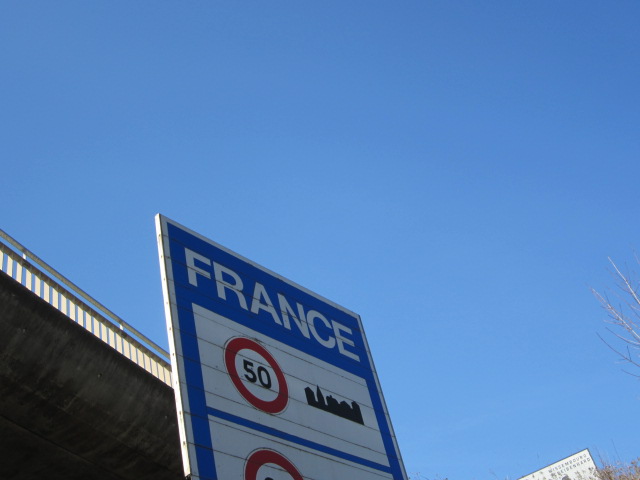
Entering the region of Alsace, France

9 more kilometers to the town of Hatten
the Maginot line
The Maginot Line was a line of concrete fortifications, tank obstacles, artillery casemates, and machine gun posts and other defenses, named after the French Minister of War Andre Maginot, which France constructed along its borders with Germany.
The formidable and impressive fortifications proved strategically ineffective, as the Germans invaded Belgium, defeated the French army, flanked the Maginot Line through the Ardennes forest via the Low countries, completely sweeping by the line and conquering France in days.
Just outside the town of Hatten we found these remains of the famed failed Maginot Line.
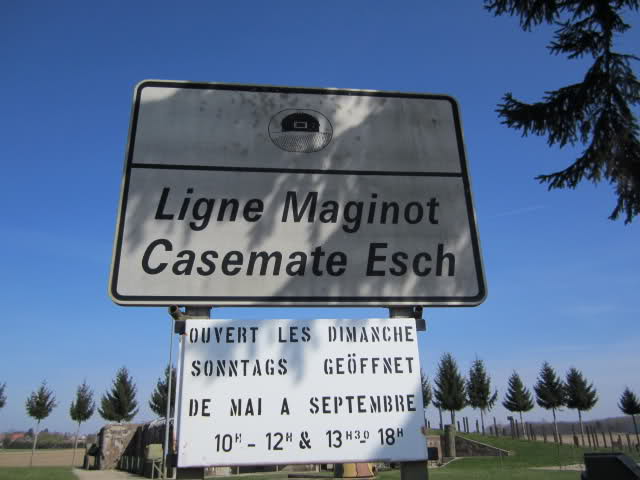
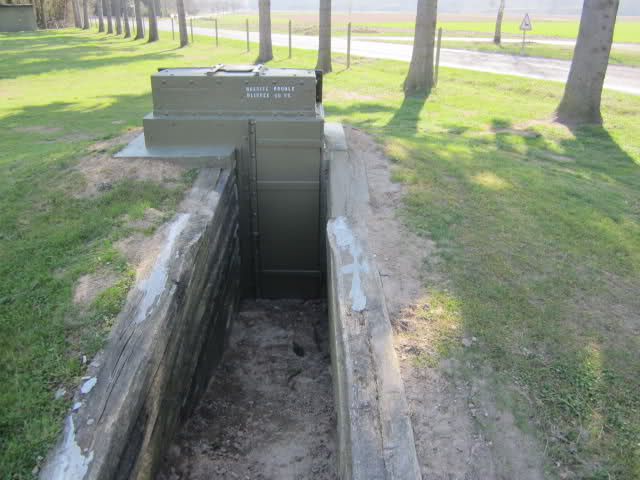
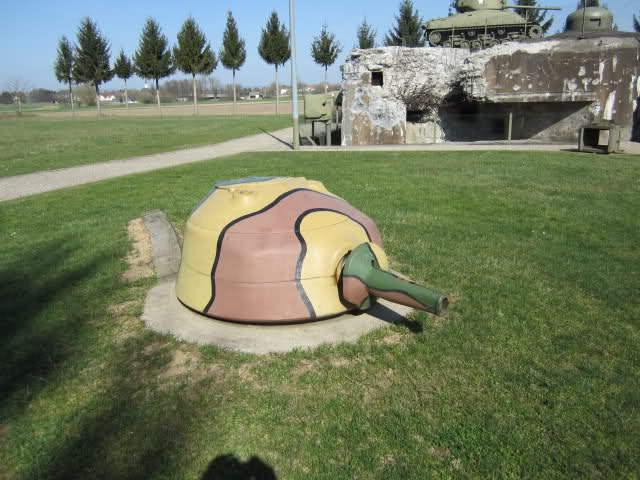
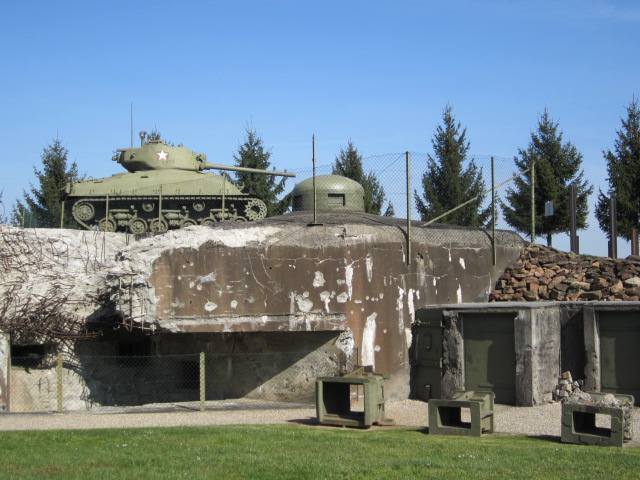
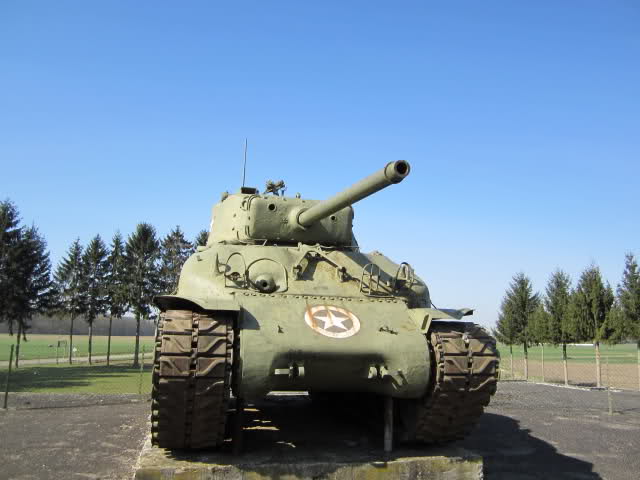

A series of barbed wire and obstacles designed to slow down the German forces.

Here you can see a direct hit on this bunker
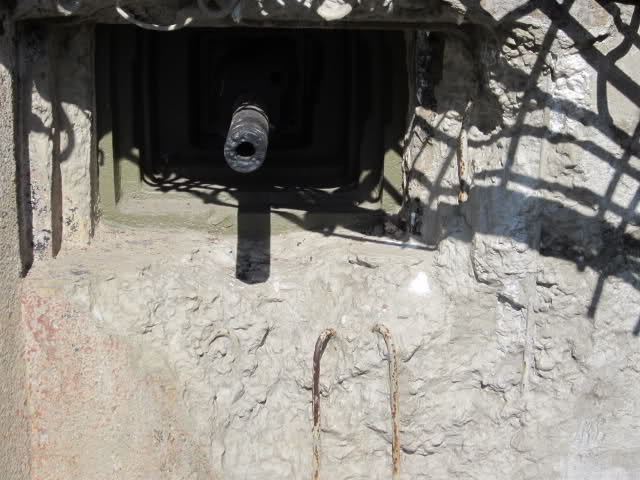
Hatten and Rittershoffen
We drove nearly 400 kilometers to reach the area where Willie's final battle took place. We reach the entrance of the town...

it is just a sleepy little French town far away from any major centers.

The houses make one feel like we are on the set of a World War Two movie, only this is real and here, about 67 years ago, a terrible battle raged. It was described as one of the toughest battles of the Western front, the dead count not be counted.
Before coming here I was a little confused. It was written as the battle of the towns of Hatten and Rittershoffen, and also as having taken place in Hagenau. So which was it? Where did the battle take place? it quickly became clear; Hatten and Rittershoffen are two nearly identical sister towns. They are only separated by a large field. The entire area was the battlefield, so it actually took place in the area of the two towns which are both right near the Hagenau forest. Thus my confusion of how a battle took place in two towns at once, is resolved.
Each town has a church, and a cemetery, they are identical. From the cemetery, with it's life size Jesus on the cross, it is clear these are Catholic towns. The streets are quiet. We find the large field, there is a museum dedicated to the battle that took place here, it is closed now but we can see a large display of weapons and aircraft, tanks and other vehicles that took part in the battle.
It is so peaceful, how can it be so peaceful I wonder, but nature has restored itself. The battle is over, the bodies have been removed and all that is left is the natural peace that God has created. What destruction man brings to God's world. What power of destruction we posses!
A local resident rides by on a bicycle and she greets us, "Bonjour!" I wonder, does she know what we are here on this green field, does she know that my cousin died fighting for the freedom of this town, of this world?
I walk around, did Willie perhaps step here? How different he must have felt. Now, so peaceful...so peaceful.
I walk around. From the information we have gathered it is clear that parts of the 315th regiment fought here, but where did Willie die? There is no way to know. Anyone who might have known is probably long since gone.
But it is clear he was here. Perhaps I am walking in his footsteps, where we drove is where Willie and his unit marched in. I am walking around casually with a camera but he was carrying his rifle and other weapons. And it is here that he gave his life for the cause of freedom.
I recite the Yizkor, the prayer to remember the dead, and the El Maleh Rahamim, God Full of Compassion, in his memory (see video at bottom of page.) I recite his true name, Yisrael Ze'ev (Wolf , Volve) ben (son of) Rivka and Ya'akov, and I wish for his soul peace, rest and comfort. He was only 22 years old and his death left a grieving family that would never recover and never forget him.
I am here to tell him, that after all these years a family member has come to join him on this spot where his life ended so violently, to stand with him and say "Willie, we are with you, you are not forgotten."
Below is a description of the battle.
"Both sides repeatedly attacked and counter-attacked each other in the rubble of the two towns, gaining a momentary advantage only to be pushed back by another round of attacks. On January 10th the 2/315th Infantry arrived and attempted to reinforce the American attacks in Hatten. The American attacks on January 10 were beaten off by the Panzergrenadier-Regiment 119 and 2/242 Infantry took such heavy casualties that it was withdrawn to Rittershoffen to recuperate This led to the isolation of the 2/315th Infantry, but the 3/315th Infantry was moved forward to reinforce the American positions in Hatten. While this was going on, the two German divisions were still trying to widen the beach by overcoming US defense in Maginot Line bunkers on the approaches to Hatten.
Decker attempted to circumvent the vicious stalemate inside Hatten by directing two Kampfgruppen from the 21 Panzer Division to swing wide of the town and take Rittershoffen farther west. This attack took on January 11 amidst a considerable amount of confusion both sides. The flat area between the two towns called the "pool table" by the US troops, became a killing ground for both sides whenever the weather was clear enough to pick out targets in open fields. By the evening of January 11, the remnants of 2/315th Infantry were clinging to the rubble of Hatten with their sister battalion the 3/315th Infantry hunkered down in Rittershoffen. Both sides decided commit more forces to the fray, with Decker's 39 Panzer-Korps receiving elements of the 7 Fallschirmjager-Division and Brooks committing the remainder of the 14th Armored Division, its Combat Command B and Combat Command R, which began arriving on January 13. The injection of Combat Command R on the morning of January 14 was quickly beaten back; a renewed counter -attack later in the day left much of the town in American hands, but a night attack by Panzergrenadiers restored the stalemate. The fighting intensified on January 15th as more troops of the 7 Fallschirmjager-Division entered the battle and Flammpanzer 38, were called in and effort to burn out the stubborn US infantry positions in the stone cellars of the the town."


Like a pair of punch-drunk boxers, neither side was willing to give up. On January 14, the Red Army launched its long-anticipated Oder offensive towards Berlin, and Hitler ordered all available mechanized forces from west to the east; Decker began substituting the 47 Volksgrenadier-Division for the Panzergrenadier units on January 16. Brooks committed the last battalion from the 315th Infantry,1/315th Infantry, on January 17, which restored the violent stalemate. The commander of the Panzergrenadier Kampfgruppen, Hans von Luck, recalled that the fighting in these two obscure towns "was one of the hardest and most costly battles that had ever raged on the Western Front."
While the human toll has never been precisely calculated, a US survey of the battlefield in March 1945 found he burned out wrecks of 21 M4 medium tanks, 9 M5A1 light tanks and 8 half-tracks along with 51 Panzers and assault guns and 12 half-tracks; the Germans had recovered at least six Panzers before withdrawing. The final outcome of this inconclusive skirmish was determined elsewhere. (Steven J. Zaloga, Operation Nordwind 1945, Hitlers' last offensive in the West).




Remains from the 11 day battle, January 8 - January 19th , 1945

American, German and French flags fly side by side



Just across the field, known to the American as the "pool table" we find the town of Rittershoffen; identical to the town of Hatten.

On this field a great battle raged between the Americans and the Germans.

Just south of the two small town we see the forest of Hagenau.



Typical houses in the town of Rittershoffen

A monument in the town of Rittershoffen to the soldiers who died in the two world wars




Mid way between the sister towns of Hatten and Rittershoffen there is a monument to the soldiers of both sides who fought and died in this little corner of the world during those bitter cold days of January 1945
comments
Moshe, that was a truly awesome read thank you for posting it , that was some battle them young lads were in , about 10 years ago I met an old guy in the states & he told me he was on Normandy beach & then he said to me that he ended up in a battle called the Battle of the Bulge & had I ever heard of it. Well me being a massive military history buff I just stared at him star struck that this old guy was once a young warrior just like your cousin Willie. These men are the real stars & celebrities they are history & we'll never see like them again ..... My massive Respect to your cousin Willie & all those men that lay with him.
John Stevens, United Kingdom, very British Army